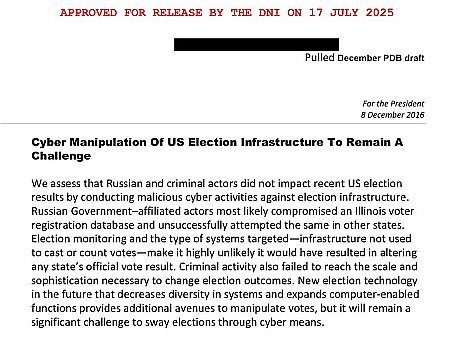Like the Senate the House appropriation committee rejects Trump’s NASA cuts, but differently
The NASA 2026 budget approved this week by the House appropriation committee has rejected the 24% cut proposed by the Trump administration, in a similar manner as the parallel Senate committee.
However, the two congressional committees are not in agreement on any of their spending proposals.
The totals recommended by the two committees are similar — $24.8 billion in the House, $24.9 billion in the Senate — but the specifics are different in many cases.
For example, the House wants to spend $300 million for NASA’s very messed-up Mars Sample Return project, while the Senate eliminated it entirely. The House also increases NASA’s manned exploration budget over Trump’s proposal, while the Senate cuts it. In science spending the House is less generous than the Senate, though both houses reject Trump’s cuts. In education the House agrees with Trump, zeroing out that funding, while the Senate wants to increase the ’25 budget slightly.
Before the 2026 budget is approved the two houses will have to negotiate an agreement to make their numbers match. What has usually happened in past negotiations is that the houses agree to approve the highest spending numbers in any budget item so that nothing gets cut and the budget continues to go up uncontrollably. We should not be surprised if our corrupt Congress does exactly that.
Even so, we should expect Trump to force significant changes at NASA, including budget reductions. Recent Supreme Court rulings have confirmed the president’s right to reorganize and even eliminate bureaucracies, as long as Congress doesn’t specify a particular spending item.
The NASA 2026 budget approved this week by the House appropriation committee has rejected the 24% cut proposed by the Trump administration, in a similar manner as the parallel Senate committee.
However, the two congressional committees are not in agreement on any of their spending proposals.
The totals recommended by the two committees are similar — $24.8 billion in the House, $24.9 billion in the Senate — but the specifics are different in many cases.
For example, the House wants to spend $300 million for NASA’s very messed-up Mars Sample Return project, while the Senate eliminated it entirely. The House also increases NASA’s manned exploration budget over Trump’s proposal, while the Senate cuts it. In science spending the House is less generous than the Senate, though both houses reject Trump’s cuts. In education the House agrees with Trump, zeroing out that funding, while the Senate wants to increase the ’25 budget slightly.
Before the 2026 budget is approved the two houses will have to negotiate an agreement to make their numbers match. What has usually happened in past negotiations is that the houses agree to approve the highest spending numbers in any budget item so that nothing gets cut and the budget continues to go up uncontrollably. We should not be surprised if our corrupt Congress does exactly that.
Even so, we should expect Trump to force significant changes at NASA, including budget reductions. Recent Supreme Court rulings have confirmed the president’s right to reorganize and even eliminate bureaucracies, as long as Congress doesn’t specify a particular spending item.













